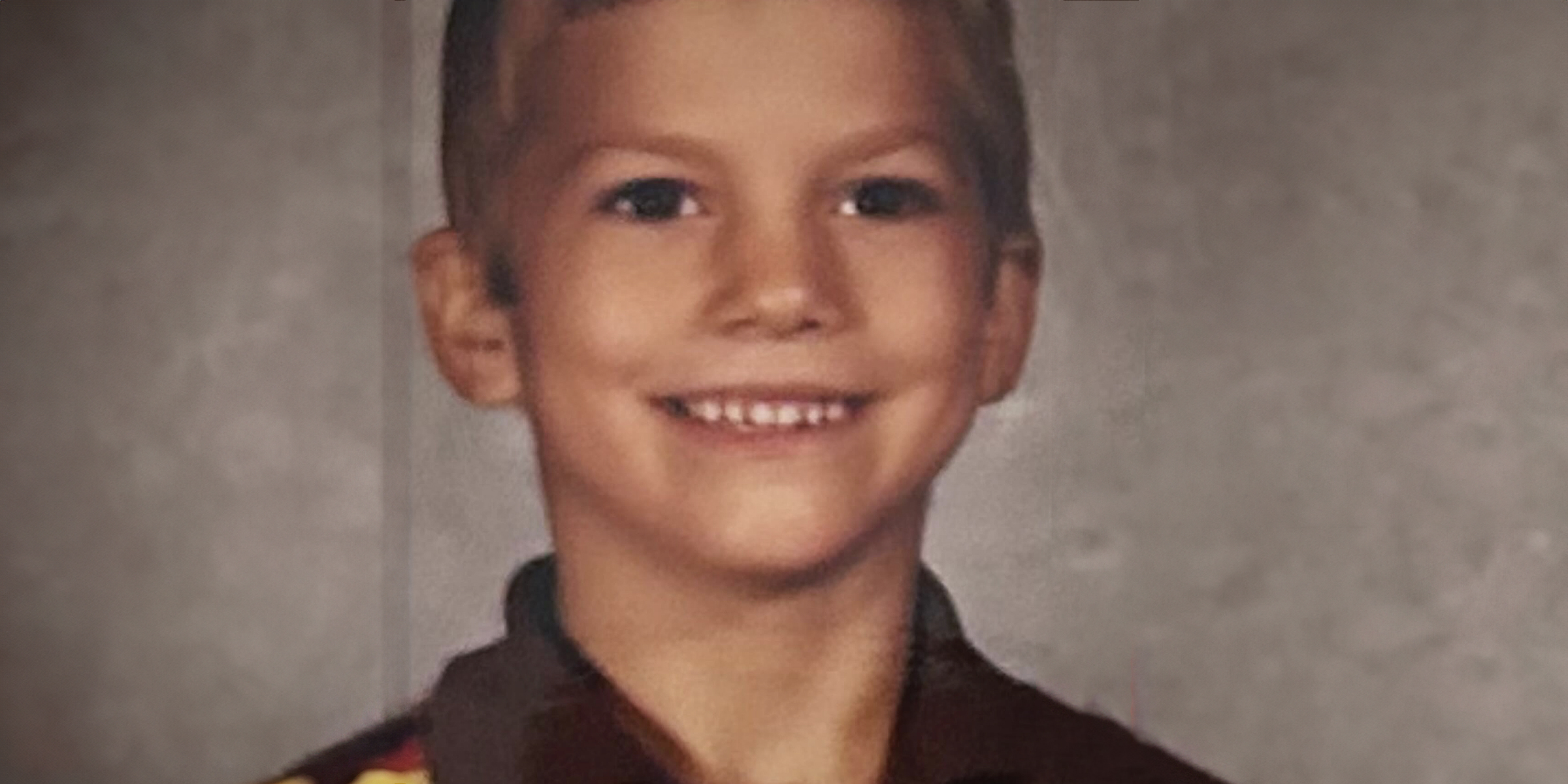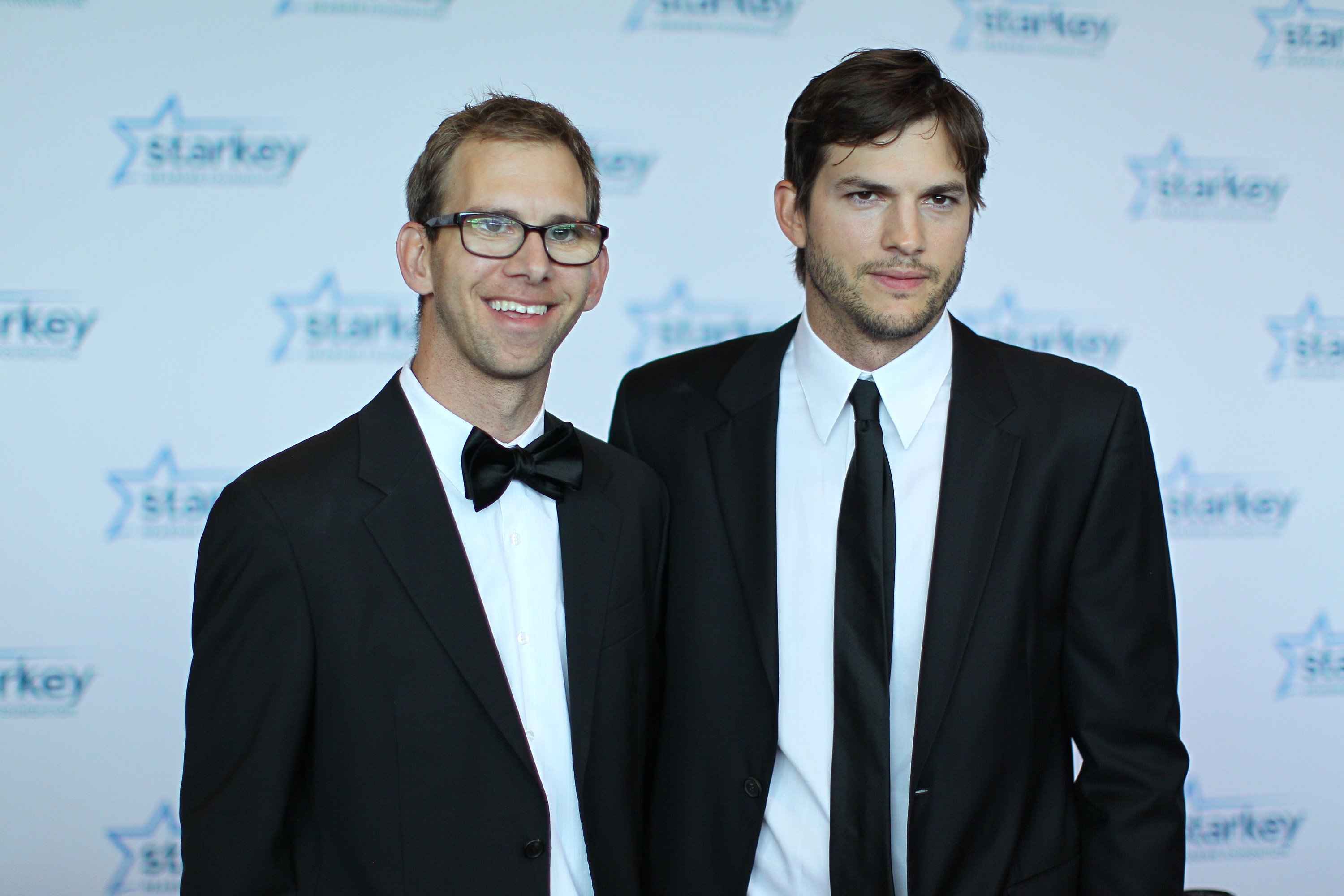
This Famous Hollywood Actor Was Ready to Give His Life So His Heart Could Save His Brother, Who Had Just 48 Hours Left
To his family and hometown friends, he is Christopher, or simply Chris. To the public, he is known by another name and a long list of Hollywood credits. Five minutes older than his twin, he grew from a fierce childhood protector into the person who would push his brother into finding his purpose.
A teenage boy lay in a hospital bed with only hours left to live. His identical twin began weighing an option that could end his own life but save his brother's. Doctors warned the family there was little time, and the next decision would mean everything.
The brothers had always faced medical challenges since birth, but nothing as urgent as this. What happened in the next two days would define the rest of their lives.
An Unexpected Arrival and Early Challenges
A husband and wife, Larry and Diane, were expecting one baby in February 1978. Instead, they had twin sons. The first, Christopher, was born healthy, weighing nearly 11 pounds. Five minutes later, Michael was born, weighing 4 pounds and not breathing. His lungs were underdeveloped, and doctors worked to stabilize him.
By age three, Diane noticed that Michael wasn't keeping pace with his twin and began taking him to see doctors. He was diagnosed with cerebral palsy (CP), a neurological condition that can appear as problems with muscle tone, posture, or movement disorders.
Experts explain that CP mainly disrupts control of muscle movement but can also affect nearby brain areas. Signs and symptoms show up in early childhood and vary widely from person to person. Having CP does not automatically mean someone has an intellectual disability.
CP is due to damage to brain regions that control movement. That damage can have multiple factors and occur before, during, or after birth; about 80 percent happens before birth, and about 10 percent after. CP isn't curable, but symptoms and effects are treatable.
Care typically involves a team approach, with treatments tailored to severity and how the condition affects daily life. In Michael's case, CP affected vision, speech, hearing, and mobility on his right side. At home with his twin, Christopher, and their older sister, Tausha, he felt like everyone else. Outside, it was different.
On the playground, kids used slurs and mocked his thick glasses. Christopher often stepped in to defend him. On one occasion, when bullies shouted insults as they rode bikes, Christopher confronted them. He also refused to attend sleepovers unless Michael was invited, and if not, he stayed home.
He would then tell his brother, "I wish I could take all of this off of you — and take it myself." Those early challenges seemed manageable compared to what came next. In his early teens, Michael developed a life-threatening condition that would push both brothers into the most critical fight of their lives.
A New Threat Emerges
At 13, Michael was diagnosed with viral cardiomyopathy. His heart enlarged to four times its normal size, and doctors gave him three to four weeks to live. This condition is often linked to myocarditis.
Myocarditis is inflammation of the heart muscle (the myocardium) that reduces the heart's ability to pump blood. The Mayo Clinic notes it can cause chest pain, shortness of breath, and rapid or irregular heartbeats. One potential cause is a viral infection.
It can also be triggered by a reaction to a medicine or by a condition that causes inflammation throughout the body. In severe cases, the weakened heart cannot supply enough blood to the body. Clots can form in the heart and lead to a stroke or heart attack. Treatment may include medicines, procedures, or surgeries.
Shortly after his diagnosis, Michael went into cardiac arrest. His prognosis fell from weeks to 48 hours. He needed an immediate heart transplant. With only two left, Christopher made an offer that stunned their parents.
The Offer That Stunned Everyone
When Michael's condition became critical, Christopher told their parents he was willing to give his own heart to save his twin. Years later, he revealed he had meant it literally. At the time, he had even considered jumping from a balcony so his heart could be transplanted.
Michael, who is appreciative of Christopher's deep love for him, explained, "It's a connection that you can't explain… a deep love for someone who would sacrifice that for you." But he also wanted his brother to see him as more than his condition.
As Christopher recalled, "Every time you feel sorry for me, you make me less. This is the only life I've ever known. So stop feeling sorry for the only thing I have."
While they waited for a donor, Michael's heart stopped as his twin watched. Hospital staff pulled Christopher from the room. Just before time ran out, a matching heart became available, and Michael underwent transplant surgery.

The brothers photographed in Minnesota in 2013 | Source: Getty Images
Recovery and a Turning Point
Michael's heart transplant was successful, and over the next months, he regained his strength. On December 11, 2018, he marked the 27th anniversary of the surgery, saying he was in excellent health. He credited the donor and their family for giving him decades of life he might not have had.
His brother, Christopher — better known to the public as Ashton Kutcher — had by then become a well-known actor. He starred as Michael Kelso in the hit TV series "That '70s Show" from 1998 to 2006 and appeared in films including "Just Married" (2003), "A Lot Like Love" (2005), and "Killers" (2010).

Ashton Kutcher during the series wrap party for "That 70s Show" on May 6, 2006 | Source: Getty Images
In 2003, during a national television interview, Ashton revealed that Michael had cerebral palsy. At the time, Michael was upset; he had spent years keeping the condition private. He later recognized that the disclosure opened the door for him to speak publicly about his experiences.
That year, Michael received a call from a woman in Iowa inviting him to speak at a gala about living with cerebral palsy. Unsure if he was ready, he agreed to meet her for coffee. The conversation convinced him to accept, marking the first time he openly shared his story in front of a crowd, a step that would lead to years of advocacy work.
Public Advocacy and #BeTheGift
Speaking at that first gala gave Michael a sense of purpose he hadn't expected. Over time, he became an advocate for both disability awareness and organ donation. He partnered with the #BeTheGift campaign, which urges people to register as organ donors and raises awareness about the shortage of available organs.
According to the campaign, an average of 20 people die each day in the United States while waiting for a lifesaving transplant. Michael often uses his own experience to illustrate the urgency. At 13, his life was saved only because a matching heart became available with hours to spare.
In interviews, he stresses that without organ donors, stories like his would end differently. "I'm thankful for another holiday season," he said in January 2019. "I'm thankful for the ability to enjoy the holidays another year with my family."
"I'm thankful for the ability to enjoy the holidays another year with my family," he added. "I'm thankful for the last year, to be able to touch the individuals I have, to join the #BeTheGift campaign, and get the awareness out, [to get] more donations, and to raise my son to be the amazing individual he is."
At that time, his son was 14 years old, and he was helping raise a blended family with his partner, who had two younger children. Michael Kutcher's experience shaped more than his health. It deepened the bond with his twin, whose willingness to give his own life underscored the lengths family will go to for one another.
Today, his story continues to highlight the importance of organ donation and disability advocacy. His survival is a reminder that awareness and action can save lives. And behind the statistics are families like the Kutchers, whose loyalty and determination turned a medical crisis into a lifelong mission.
The information in this article is not intended or implied to be a substitute for professional medical advice, diagnosis or treatment. All content, including text, and images contained on news.AmoMama.com, or available through news.AmoMama.com is for general information purposes only. news.AmoMama.com does not take responsibility for any action taken as a result of reading this article. Before undertaking any course of treatment please consult with your healthcare provider.
